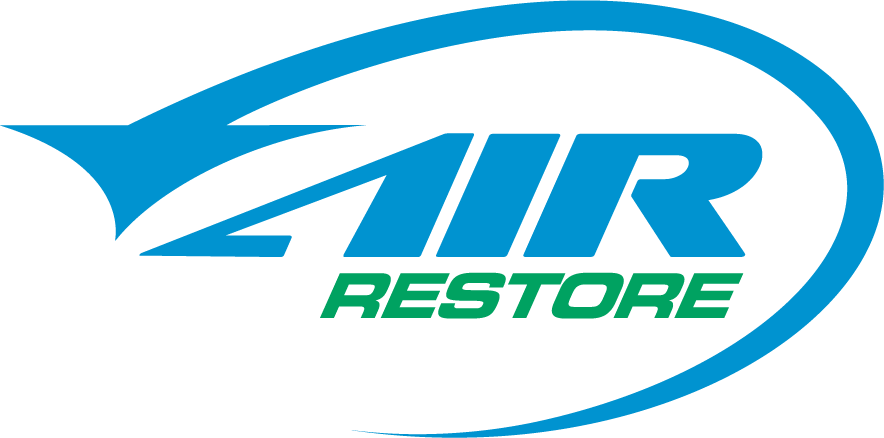Cooling Towers
Cooling Towers must be regularly maintained to prevent the spread of air borne diseases. Cooling towers work using evaporation and require the regular removal of scale deposits to the keep the air flow running and the tubes clean. Treating your water and inspecting your water pump are an important part of your maintenance schedule.
Opira offers a regular maintenance schedule for keeping your cooling tower running correctly. Preventing Legionella in cooling towers is a critical part of protecting the health and safety of employees and visitors in your building.
Legionnaires’ disease, or Legionellosis, is a severe form of pneumonia caused by bacteria belonging to the genus Legionella. There are over 40 species of Legionella bacteria that have been identified with the two most common species to cause health issues in Australia known as Legionella pneumophila and Legionella longbeachae.
Legionnaires’ disease typically results from inhalation of aerosols or aspiration of water containing Legionella by a susceptible person. Legionella is typically active in water when the water temperatures are within the range of 20–45°C and the water temperature range of 37–43°C is the optimum level for legionella proliferation.
The prevention and control of Legionella is highly regulated in Western Australia by the Occupational Safety and Health Act 1984 (the OSH Act) and the Mines Safety and Inspection Act 1994 (the MSI Act), the Health Act 1911 and The Code of practice – Prevention and control of Legionnaires’ disease (2010).
The Australian Standard AS 3666.3:2011 Air-handling and water systems of buildings – Microbial control Part 3: Performance-based maintenance of cooling water systems advises the recommended levels of legionellae in cooling tower waters. and also the methodology for collecting the water sample which is available in Appendix A – Cooling Water Sampling Procedure of this document.
Table 1 Legionellae Parameters Assessed in this Report and compared to AS 3666.3:2011 guidelines.
Legionellae Testing Parameter | AS 3666.3:2011 Guideline in CFU/mL |
Heterotrophic Plate Count at 35ºC | <100,000 |
Legionella pneumophila SG 1 | <10 |
Legionella pneumophila SG 2-14 | <10 |
Other Legionella Species | <10 |
Legionella Total | <10 |
CFU – Colony Forming Unit, mL – Millilitre
Aerosols may also be generated through clinical devices, plumbing outlets, therapeutic equipment, water features or even garden irrigation.
Decorative water fountains can proliferate legionella if there is an additional heat source for the water. The water features can generate aerosols which can be drawn through open windows, doors and air intakes, or onto balconies and patios. Submerged lighting, pumps and solar radiation can provide a heat source that can promote the growth of Legionella in these water systems.
The aim of a cooling tower water sampling assessment is to sample the cooling tower water at a nominated sampling point to confirm the parameters as outlined above are within recommended Guidelines and therefore not exposing building occupants or the general public to a potential legionella hazard.




